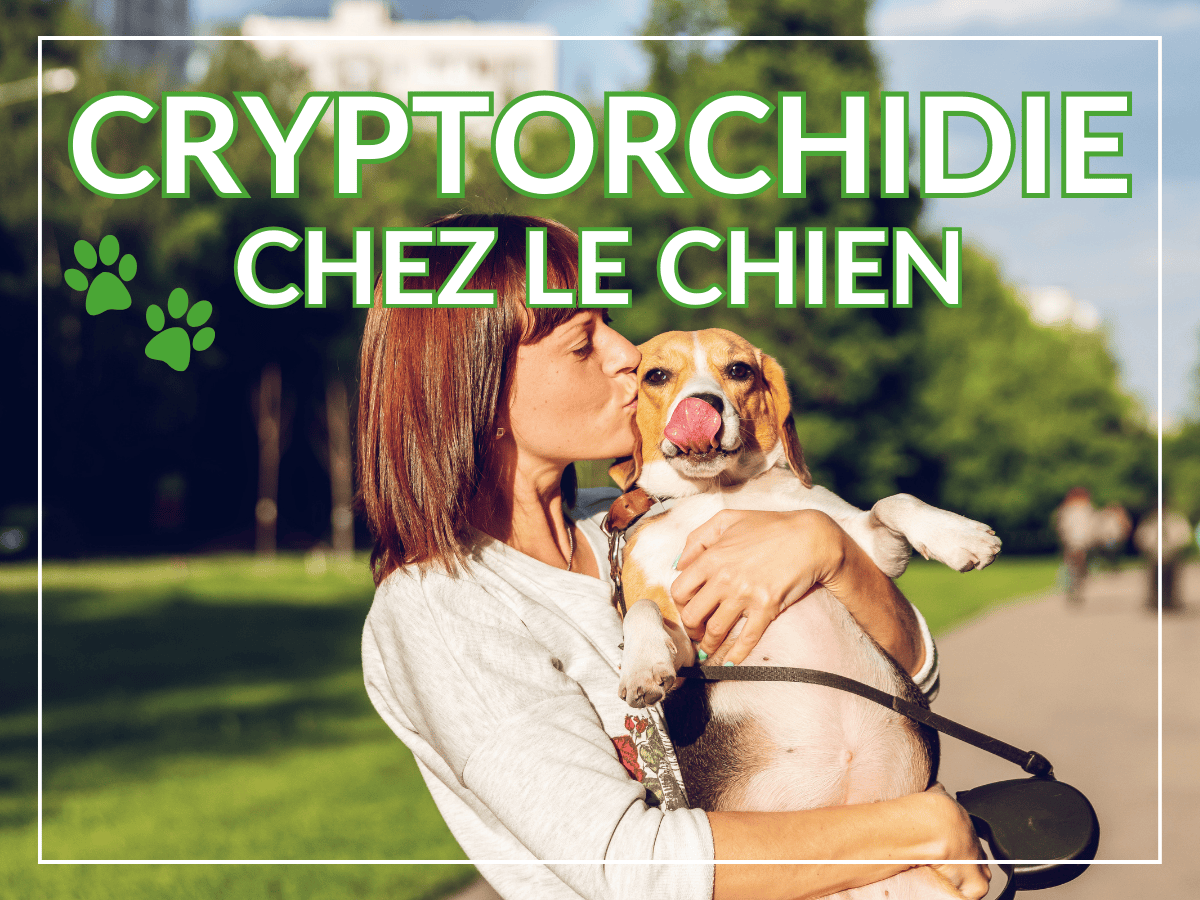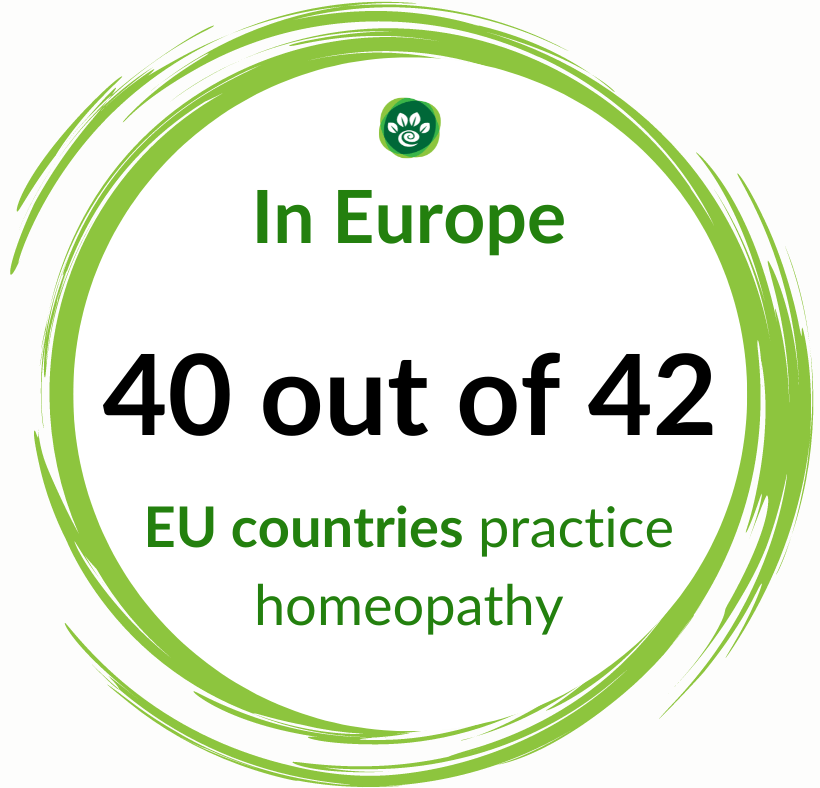
Cryptorchidism in dogs: everything you need to know!
Do you have a male dog and wonder what cryptorchidism is? This medical term, although not very familiar, refers to a simple anomaly: one or both of your companion's testicles have not properly descended into the scrotum.
- Click to learn more: 👉 NATURAL support for your dog suffering from CRYPTORCHIDISM. 🐶
Although this situation is not a life-threatening emergency, it is essential to understand it to ensure your pet's good health. Knowing how to identify this problem and the actions to take is valuable knowledge for any dog owner.
To better enlighten you, we will explore the specifics of this canine condition together.
What is Cryptorchidism in Dogs?

Cryptorchidism is characterized by the absence of one or both testicles in the scrotal sac. Normally, the descent of the testicles into the scrotum is completed in puppies around two weeks of age. However, this process can extend up to two months, or even as late as five to six months.
A dog is generally considered cryptorchid if his testicles are not in place after six months of age.
This condition affects about 1 to 3% of all male dogs and can concern any breed. Nevertheless, some breeds are more prone to it, such as Dachshunds, Boxers, German Shepherds, Boston Terriers, Chihuahuas, French Bulldogs, Pugs, Shetland Sheepdogs, Miniature Schnauzers, Pekingese, Siberian Huskies, and Yorkshire Terriers.
While cryptorchidism itself is not fatal, its lack of treatment can lead to serious, even fatal, complications in the long run.
Let's now find out how you can check if your dog is affected by this problem.
How to Identify Cryptorchidism in Your Dog

To check for the presence of testicles, the simplest way is a physical and visual examination. Here is how to do it at home:
1. Preparation: Settle your dog in a quiet room, away from distractions. Place him on his back to have easy access to his abdomen and hind legs.
2. Visual inspection: Carefully observe the scrotum. Check if both testicles are of similar size and shape. Note any irregularity, swelling, or presence of lesions around the area.
3. Gentle palpation: With your thumb and forefinger, gently cup the scrotum to feel the two testicles, one after the other. The right testicle is more often affected by non-descent than the left one.
4. Searching for the missing testicle: If you don't feel both testicles, gently palpate the groin area and the lower abdomen. If your dog is more than six months old and the testicle is still missing, it is likely that he has cryptorchidism. At this stage, it is important to consult a veterinarian.
Let's now examine the potential reasons behind this condition.
What Causes Canine Cryptorchidism?

The exact cause of cryptorchidism is not yet fully understood. However, the dominant theory suggests a genetic origin, possibly linked to the activity of the X chromosomes in the puppy. It is therefore recognized that if the puppy's father is cryptorchid, the probability that the male puppies will also be is higher.
What Are The Risks of Untreated Cryptorchidism ?

While cryptorchidism itself is not painful, it can lead to serious complications. The higher temperature inside the body (abdomen) compared to the scrotum can trigger serious health problems.
Possible complications include spermatic cord torsion, a painful twisting that can be difficult to detect. This torsion can in turn promote the development of testicular cancer. Although this type of cancer is rarely metastatic, the risk exists and should not be overlooked.
Cryptorchidism can also cause infertility. If both testicles are retained, the dog will be sterile, as they are unable to produce sperm. If only one is affected, fertility may be preserved, but it is strongly discouraged to breed a cryptorchid dog due to the genetic nature of the condition.
What Are the Different Types of Cryptorchidism ?

Cryptorchidism does not always manifest in the same way. There are generally two main types, depending on the location of the undescended testicle:
- Inguinal (or testicular) Cryptorchidism: This is the most common case. The testicle is retained in the inguinal canal, which is in the groin area. It is often palpable by a veterinarian or an attentive owner.
- Abdominal Cryptorchidism: In this case, the testicle has remained in the abdomen, inside the abdominal cavity. It is much more difficult, or even impossible, to palpate from the outside. This type of cryptorchidism carries a higher risk of testicular torsion.
It is important to note that a dog can have unilateral cryptorchidism (only one undescended testicle) or bilateral cryptorchidism (both testicles are undescended).
Can Cryptorchidism Correct Itself?
It is extremely rare for an undescended testicle to descend on its own without intervention. Treatment is usually necessary to avoid future complications. Fortunately, there are natural and non-invasive options to complement surgical solutions.
A Natural Homeopathic Remedy for Your Dog
At HomeoAnimo, we have developed the product TesticulAnimo, designed to promote the descent of the testicles. This holistic product, based on natural ingredients, helps to correctly position the testicle in the scrotum.
Simply spray TesticulAnimo into the dog's mouth or mix it with his water once a day. To avoid a "yo-yo" effect, it is important to continue the treatment for one week after the testicle has descended.
FAQ about Cryptorchidism in Dogs
Is cryptorchidism fatal?
Cryptorchidism itself is not a fatal condition. However, if left untreated, it can lead to serious complications that can be fatal in the long run, including the development of testicular cancer or spermatic cord torsion. Surgical treatment is a solution to prevent these risks.
Is cryptorchidism painful for dogs?
No, cryptorchidism itself does not usually cause pain or discomfort to your dog. It is the complications that can arise that are very painful. For example, spermatic cord torsion is an extremely painful veterinary emergency that requires immediate intervention.
Can cryptorchidism cause infertility?
Yes, cryptorchidism can make a dog infertile. A retained testicle in the abdomen or groin is exposed to a higher temperature than in the scrotum, which prevents sperm production. If both testicles are cryptorchid, the dog will be sterile. If only one testicle is affected, the dog may remain fertile, but it is strongly discouraged to breed him, as cryptorchidism is a hereditary disease.
Can cryptorchidism in adult dogs be treated?
Yes, cryptorchidism can and should be treated, even in adult dogs. The conventional treatment is surgical castration, which consists of removing both testicles, including the one that has not descended. It is crucial to intervene as early as possible to avoid the risks of serious complications like testicular cancer, but the operation remains possible at any age.
What is the difference between cryptorchidism and testicular ectopia?
These two terms describe the absence of a testicle in the scrotum, but the difference lies in the position of the missing testicle. Cryptorchidism occurs when the testicle stops on its normal descent path (in the abdomen or groin). Testicular ectopia is a rarer condition where the testicle deviates completely from its path and ends up in an abnormal position, outside its usual route.
Conclusion
We hope this article has enlightened you on cryptorchidism and how to act if your dog is affected.
If you are concerned that your pet may be suffering from a health problem, our Free Animal Health Recommendation can help you. In addition to getting advice and recommendations from our Natural Health Advisors, they will also guide you through the products and treatment options that best suit your animal's health needs.




























Leave a comment
This site is protected by hCaptcha and the hCaptcha Privacy Policy and Terms of Service apply.